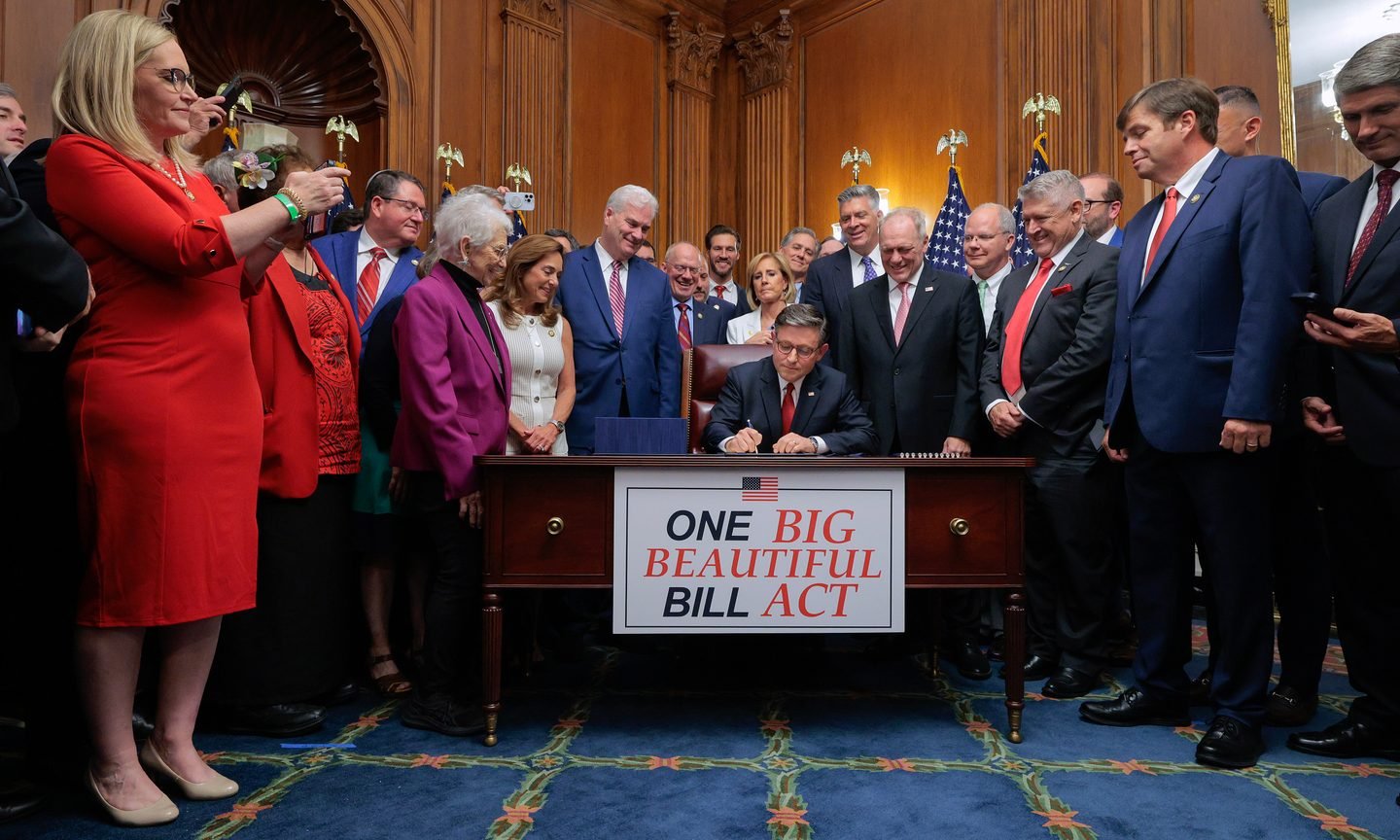
Personal Finance
NerdWallet
When Do ‘Big, Beautiful’ Megabill Changes Go Into Effect?
Why This Matters
The new budget brings changes to your household finances including new tax breaks and social program cuts. See the timing dates for new provisions to go into effect.
July 9, 2025
09:12 PM
5 min read
AI Enhanced
Positive
FinancialBooklet Analysis
AI-powered insights based on this specific article
Key Insights
- The Federal Reserve's actions could influence inflation expectations across sectors
- Inflation data often serves as a leading indicator for consumer spending and corporate pricing power
- Financial sector news can impact lending conditions and capital availability for businesses
Questions to Consider
- How might the Fed's policy stance affect borrowing costs and economic growth?
- What does this inflation data suggest about consumer purchasing power and corporate margins?
- Could this financial sector news affect lending conditions and capital availability?
Stay Ahead of the Market
Get weekly insights into market shifts, investment opportunities, and financial analysis delivered to your inbox.
No spam, unsubscribe anytime